When I first set out to write the story, I knew I wanted to put a whale in an impossible situation. That was the premise. Because, in reality, this is the fate of many creatures. Just as with many humans, who are living — and dying — in impossible situations, whether physically or psychologically. Personification can show us much about ourselves.
In my early version, I pictured a whale covered with a paisley pattern. It was confined to an aquarium in a crate on wheels that traveled the world, entertaining all who saw it.
Here are my first lines:
Patrick was unlike any whale you’ve seen. (If you’ve seen one, that is.)
He wasn’t white. He wasn’t black. He was paisley-patterned.
People who saw him said, “Look! He’s unlike any whale we’ve seen!”
When a tiny girl comes up to him, she’s so small he’s reminded of something far back in his memory — seahorses. She tells him, “You belong in the ocean.” “But I’m paisley-patterned,” he contends. “I’m unlike any whale you’ve seen.” “I don’t care if you’re pink!” says the girl. “Or purple or polka-dot! You’re still a whale, and whales belong in the ocean!” The longer he thinks about this, the more he wastes away, and the more he wastes away, the more his patterns fade. Soon, he looks like an ordinary whale.
Of course, every whale, just like every creature or fellow human, is unique. I don’t believe there’s “ordinary” in the world of the living. But I decided to strip the story down to essentials, and this was too complex for what I wanted to do.
I moved to a similarly extreme yet familiarly plausible situation: a whale in a monumental fishbowl, in the middle of civilized chaos.
But the paisley pattern was stubborn. Now it appeared on a little girl’s dress. Why? One of my beta readers suggested her outfit be a sailor’s suit. It made sense to have something with an aquatic theme, but it simply did not feel right.
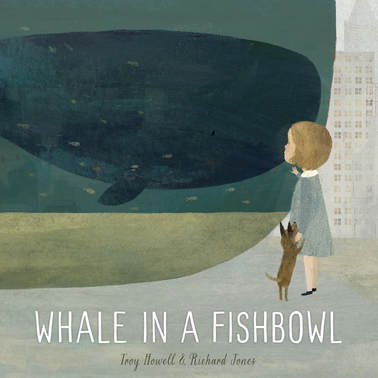
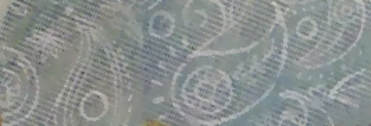
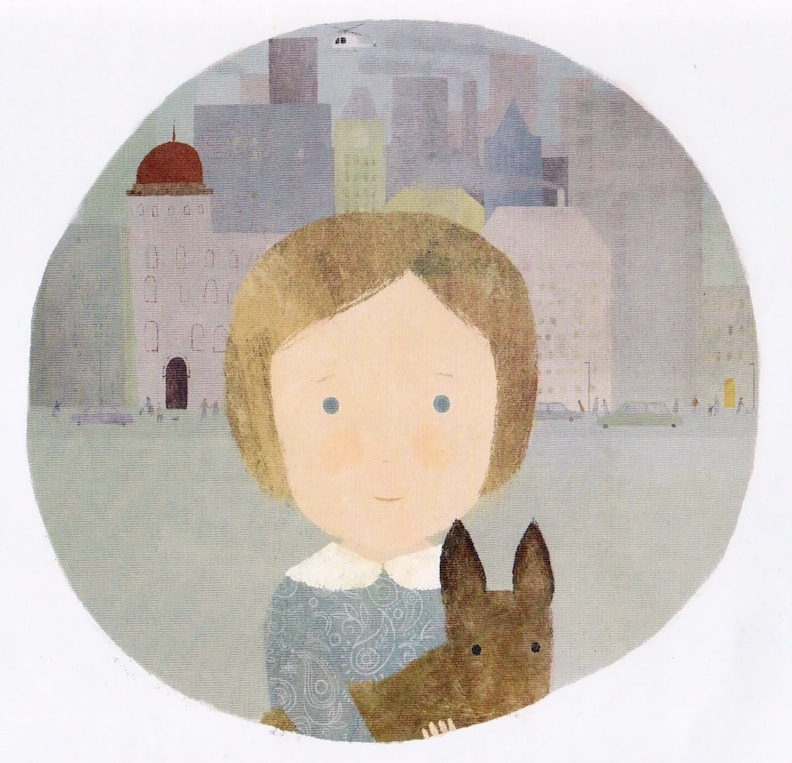
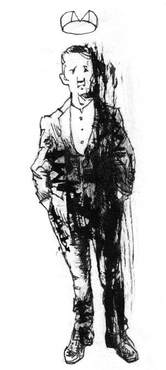
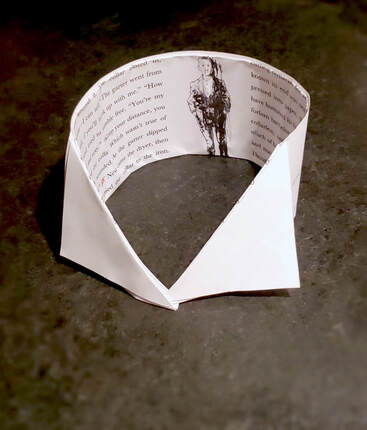
 RSS Feed
RSS Feed